Rising Demand for Renewable Energy
The Wire and Cable Market is experiencing a notable surge in demand due to the increasing focus on renewable energy sources. As countries strive to meet their energy needs sustainably, investments in solar, wind, and hydroelectric power are escalating. This shift necessitates the deployment of specialized cables designed to handle high voltages and ensure efficient energy transmission. For instance, the International Energy Agency indicates that renewable energy capacity is expected to grow significantly, leading to a projected increase in the demand for cables that can support these infrastructures. Consequently, manufacturers in the Wire and Cable Market are adapting their product lines to cater to this evolving landscape, thereby enhancing their market presence.
Infrastructure Development Projects
Infrastructure development remains a critical driver for the Wire and Cable Market. Governments and private sectors are investing heavily in upgrading and expanding transportation, telecommunications, and utility infrastructures. The World Bank has reported substantial funding allocated to infrastructure projects, which inherently require extensive wiring and cabling solutions. This trend is particularly evident in emerging economies, where urbanization is accelerating. As cities expand, the demand for reliable electrical and communication networks intensifies, prompting a corresponding increase in the production and installation of wires and cables. Thus, the Wire and Cable Market is poised to benefit from these ongoing infrastructure initiatives, which are likely to sustain growth in the coming years.
Increased Focus on Energy Efficiency
The Wire and Cable Market is significantly influenced by the growing emphasis on energy efficiency across various sectors. As organizations and governments implement stricter energy regulations, the demand for cables that minimize energy loss during transmission is rising. This trend is particularly relevant in the construction and manufacturing industries, where energy-efficient solutions are becoming a prerequisite. The U.S. Department of Energy has highlighted initiatives aimed at reducing energy consumption, which directly impacts the types of cables being utilized. Consequently, manufacturers are compelled to innovate and produce cables that not only comply with these regulations but also enhance overall energy efficiency. This shift is likely to drive growth within the Wire and Cable Market as stakeholders prioritize sustainable practices.
Expansion of Telecommunications Networks
The expansion of telecommunications networks is a pivotal driver for the Wire and Cable Market. With the increasing demand for high-speed internet and mobile connectivity, telecommunications companies are investing heavily in upgrading their infrastructure. The Federal Communications Commission has reported a significant rise in broadband subscriptions, necessitating the deployment of advanced cabling solutions. This trend is particularly pronounced in rural and underserved areas, where efforts to enhance connectivity are underway. As telecommunications providers seek to improve service quality and reach, the demand for high-capacity cables, including fiber optics, is expected to grow. Thus, the Wire and Cable Market stands to gain from this ongoing expansion, as it aligns with the broader trend of digital transformation.
Technological Innovations in Cable Manufacturing
Technological advancements are reshaping the Wire and Cable Market, leading to the development of more efficient and durable products. Innovations such as improved insulation materials, enhanced conductivity, and smart cables are becoming increasingly prevalent. These advancements not only improve performance but also reduce energy losses during transmission. The market is witnessing a shift towards cables that incorporate advanced technologies, such as fiber optics, which facilitate faster data transmission. As industries adopt these cutting-edge solutions, the demand for high-performance cables is expected to rise. This trend indicates a robust growth trajectory for the Wire and Cable Market, as manufacturers strive to meet the evolving needs of various sectors, including telecommunications and energy.


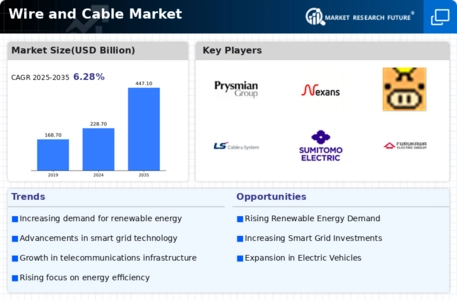
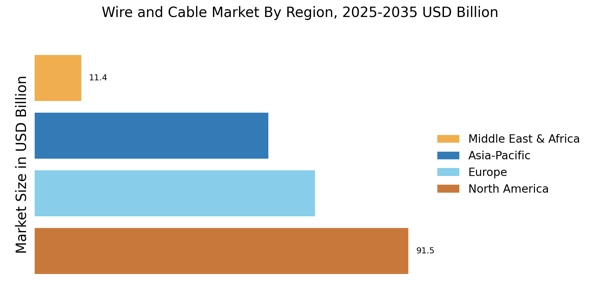

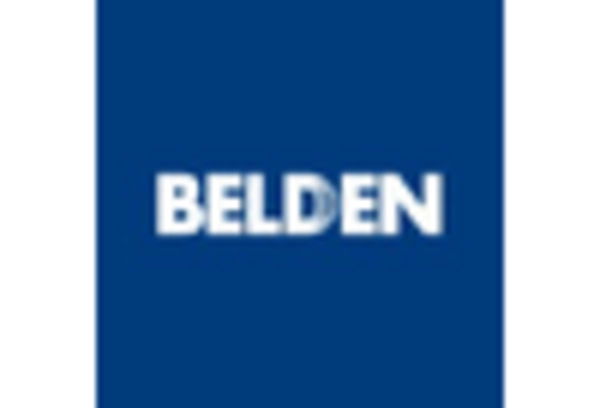
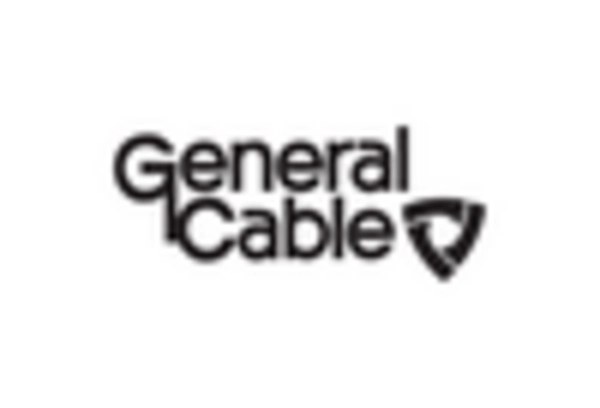
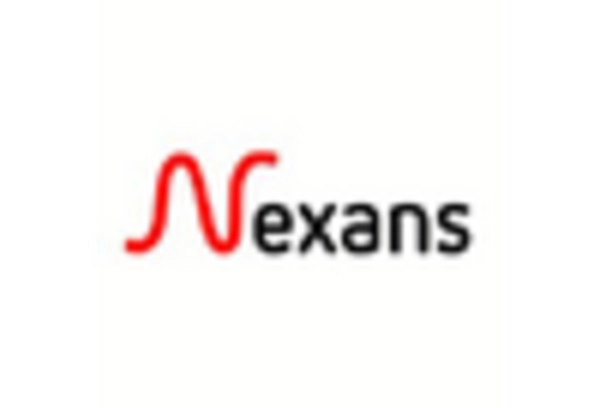
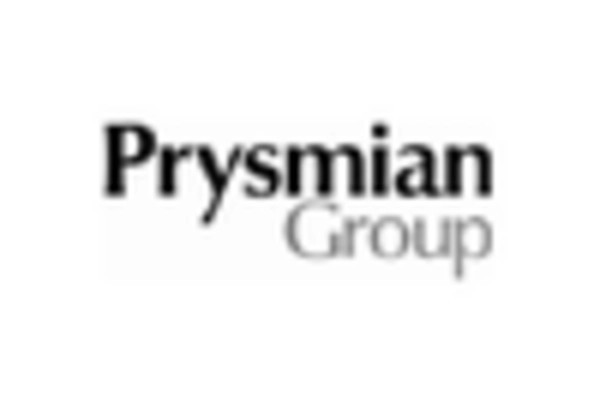









Leave a Comment